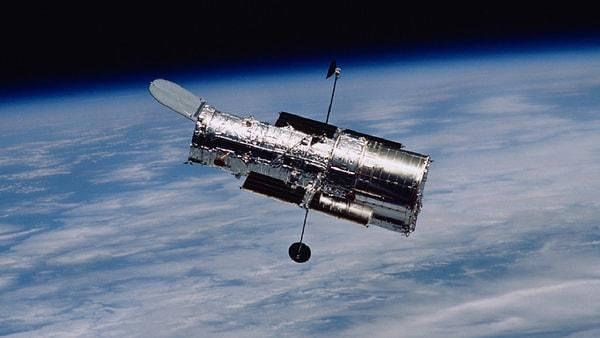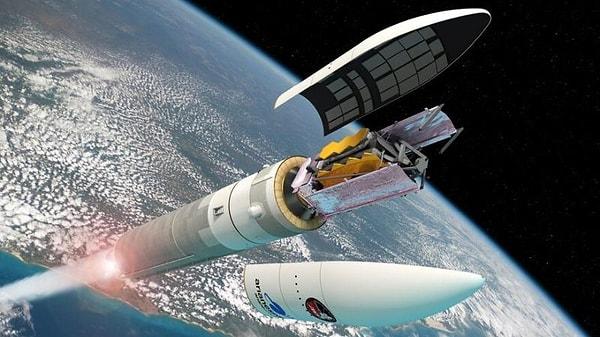NASA’s Hubble Space Telescope Spots 'Twin Tails' From DART-Asteroid Impact

Just over a week ago, NASA's DART mission proved to be a success in altering the path of an asteroid. Now, the Hubble telescope recently discovered cosmic twin tails that seemed to be a product of the spacecraft-asteroid impact.
The DART mission, which took place on September 26, involved NASA's spacecraft intentionally crashing into an asteroid in order to demonstrate a defense technique through an experiment. The objective was to alter Dimorphos' orbit by colliding with it. The DART mission proved to be a success, according to NASA's disclosed data, and cut Dimorphos' initial 11-hour and 55-minute orbit around Didymos by around 32 minutes.
The newly captured images from the Hubble Space Telescope showcases twin dust tails emanating from the DART-Dimorphos explosion. These photos are included in Hubble's ongoing documentation of NASA's DART impact.
A series of observations made by the Hubble telescope have provided researchers with an even more comprehensive view of the way the system's debris cloud has developed over time. Its observations show that the ejected debris, or 'ejecta,' increased and started to brightly fade after impact, which was expected. Even though the twin dust tail is just an unprecedented event, it is actually a common thing in comets and active asteroids. The most recent observations have produced the highest-quality photo of the twin tail up to this day.
The investigation team is currently making an effort to determine the connection between both the comet-like tail and other 'ejecta” characteristics seen at distinct periods in the Hubble as well as other telescope pictures. The northern dust tail is still in development. In the months to come, researchers will examine Hubble's data more closely in order to determine how the second tail came to be. The team will also look into a number of different scenarios.

The Hubble is a NASA-ESA international collaboration project. The telescope is managed by NASA's Goddard Space Flight Center in Greenbelt, Maryland. Hubble and Webb science operations are overseen by the Space Telescope Science Institute (STScI) in Baltimore, Maryland. The Association of Universities for Research in Astronomy in Washington, D.C. operates STScI for NASA.
Keşfet ile ziyaret ettiğin tüm kategorileri tek akışta gör!


Send Comment